Star Warriors
Governments no longer hold a monopoly on space travel. What was once exclusively a military and scientific concern has long since turned into a significant and fast-growing commercial market with a turnover estimated at nearly a third of a trillion dollars each year. Of these, more than $100 billion are the profits of space communication service providers, while $50 billion and $10 billion are spent on ground equipment supplies and satellites, respectively.
More and more private companies are joining the fight for a share of space-faring income every year. According to CB Insight, non-government startups providing space-related services have raised more than $2 billion since 2012. The same process, although not yet on a scale comparable to the United States, is also taking shape in the developing world, where the number of private providers of satellite services is growing rapidly. BRICS Business Magazine introduces the top ten heads of private space companies in the BRICS countries who are boldly seeking success among the stars.

Andrey Potapov
CEO of Sputix
Russia
The successful launch of the Dnepr launch vehicle on 19 June 2014 marked the beginning of a new era in the development of space travel in Russia. The first Russian private microsatellite designed for remote sensing – TabletSat-Aurora – was taken into orbit. “For our company, that launch was the first opportunity to test the functionality of the systems specially created for it, and to demonstrate our viability as a developer and manufacturer of this equipment,” said Andrey Potapov, CEO of Sputnix, in an interview with BRICS Business Magazine.
Potapov, 34, established his company in 2012 as a subsidiary of RDC ScanEx – an engineering center and a leading Russian operator in the area of Earth-imaging and image data analysis. RDC ScanEx was founded by a group of engineers from the Space Research Institute, including Potapov’s father, and gave the younger Potapov his first taste of space. At RDC ScanEx he was responsible for developing business relations with foreign satellite operators and for sales. So, about five years ago when RDC ScanEx decided to start developing its own satellite technologies, ultimately establishing a separate company, Potapov was put in charge.
RDC ScanEx was also the first to invest – about $500,000 was spent on developing support systems for the satellite platform. A $1 million grant from Skolkovo allowed the company to proceed with tasks related to the commercial imaging of the Earth’s surface, as well as the pre-production of its own satellites. Finally, with the help of a third strategic investor, Kosmotras, the operator of the Dnepr rocket system, the company designed and launched TabletSat-Aurora.
Today, Sputnix positions itself as a manufacturer of hi-tech satellite components and technologies for small spacecraft, as well as related services. The company promises its customers high quality but affordable solutions. “What we are doing is optimizing; it’s an attempt to achieve a certain functionality at a lower cost, and to achieve difficult tasks using simpler means and approaches,” explained Potapov.
According to Potapov, Sputnix should become self-sufficient this year through participation in relatively small-scale programs, and then expand its operations in the future. To achieve its goals, the company is ready to take part in Russian government space industry programs, but its key market is exports. “The global market for microsatellites is growing as a whole, as are the markets for individual systems, components, and ground infrastructure for satellites. We already offer all of that to our neighbors and we want to develop further.” In that regard, Sputnix is preparing to participate in the development of national space programs in countries with such ambitions – in Latin America, Asia, and Africa. But those, says Potapov, are long-term goals.
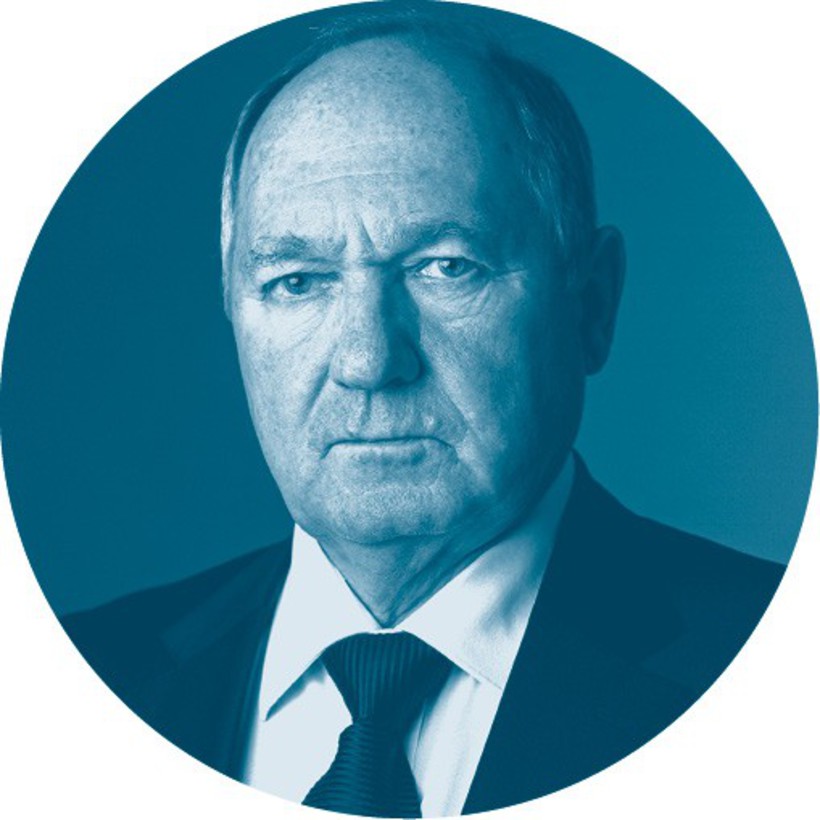 Vladimir Andreev
Vladimir Andreev
Founder of the ISC Kosmotras
Russia
The Old Testament urges us to beat swords into plowshares, and Kosmotras has followed that call in a hi-tech fashion. The company was founded in 1997 on a parity basis by Russian and Ukrainian shareholders to develop the joint commercial use of the Dnepr carrier rocket. The Dnepr is a peaceful version of the RS-20 intercontinental ballistic missile, the notorious ‘Satan’ that was destroyed under the terms of the START-1 arms treaty. Vladimir Andreev was one of the main initiators and organizers of the program to decommission the RS-20 by launching it into orbit with a peaceful payload.
A native of Russia’s Rostov region, Andreev worked for nearly a quarter century at Yuzhmash in Dnepropetrovsk, Ukraine, where the RS-20 used to be developed and commercially produced. Here, he reached the position of chief engineer. However, since the 1990s, when the defense industry of the former USSR started to reorganize, he has founded several joint-stock companies specializing in the conversion of military technology.
One of them – Askond – was working on a draft for a peaceful launch vehicle based on the RS-20 and later became a shareholder in Kosmotras and the project’s operator. With Askond’s direct participation and on Andreev’s initiative, Russia built the infrastructure necessary to launch the Dnepr rocket at the Yasny base in the Orenburg region, home of the Dombarovskaya division of the Strategic Rocket Forces (SRF). This became the launch pad of the project, along with Baikonur in Kazakhstan. It was the latter that launched the first Dnepr with a British UoSat-12 satellite in April 1999. To this day, Kosmotras has carried out 22 launches, with only one – in July 2006 – ending in failure.
“Above all, the Dnepr program serves two main objectives: to strengthen Russia’s defense capabilities, and also to serve scientific and commercial purposes. Its usefulness is increasingly evident: the country gets tangible support in strengthening its defense capabilities and extracts great economic benefits,” said Andreev in his conversation with BRICS Business Magazine.
Last year’s deterioration of relations between Russia and Ukraine did not put a stop to the Dnepr program, even though some adjustments had to be made. For instance, there was only one launch from the Yasny launch base this year (in March, the Korean satellite KOMPSAT-3A was sent into orbit) instead of the three that had been planned. In addition, there were significant changes to the ownership structure of Kosmotras: in the middle of the year, a group of Russian businessmen bought out the company’s Ukrainian shareholders as well as part of Askond’s shares, accumulating about 84% of the company. Another 10% of the project remains in the hands of Garysh Sapary, a government-owned company from Kazakhstan.
Despite these changes, Andreev – who remains on the board – and the new owners intend to develop the business and are confident in its commercial prospects. Its combination of good value and high reliability make Dnepr one of the most competitive vehicles on the market in its class. The total number of RS-20 missiles suitable for conversion is enough to ensure Kosmotras will have work for decades to come.
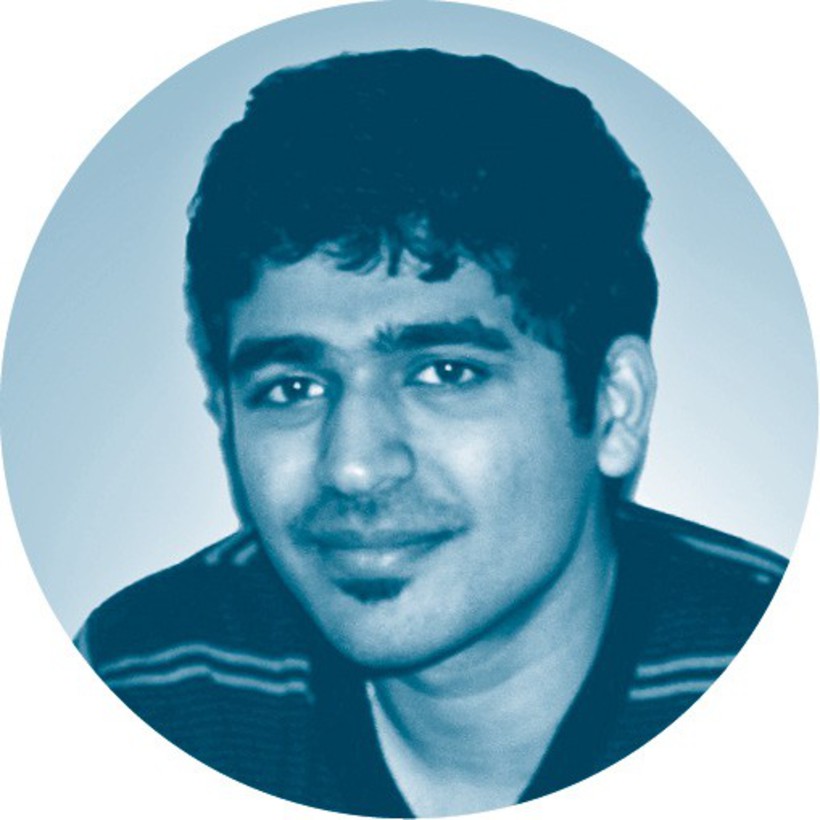 Sanjay Nekkanti
Sanjay Nekkanti
CEO and co-founder of Dhruva Space
India
The stars might end up closer if luck is on your side – the type of luck that brought Sanjay Nekkanti, a final-year student of SRM University in Chennai, into the same classroom as a scientist from the Indian Space Research Organisation (ISRO) in 2009. “At some point, he began talking about Western students who were building satellites, ending with, ‘Even you guys will be able to do something like this,’” said Nekkanti in his interview with BRICS Business Magazine.
The idea, supported by the president of SRM, grew into the first student project to develop a nanosatellite in India, for which Nekkanti was selected as one of 40 students. In the process, he realized that it was also possible to build satellites and offer solutions based on them in India. And most importantly, it could be a lot cheaper than in the West. Nekkanti admits that this encouraged him to open a business. However, attempts to find partners and financing failed miserably. “Then, I was about 21 years old and nobody wanted to join me and take this stock, starting this business. I knew many felt that, well, maybe I had an idea of making satellites, but that I should have had much deeper understanding of what the business was about.” So he embarked on an Erasmus Mundus SpaceMaster program in Germany. It was there that another coincidence brought him together with his future partner, engineer Narayan Prasad, with whom he returned to India in 2012. The result was the emergence of the first private Indian satellite company – Dhruva Space, headquartered in Bangalore and funded by the personal savings of its founders.
Drhuva’s specialty is building satellites weighing 10-100 kg in India, as well as providing analytic solutions for data acquisition and processing of satellite imagery in real time. They are significantly cheaper than their existing counterparts, but offer the same functionality. To achieve this, the company uses and adapts standard components extensively, as well as takes advantage of the latest manufacturing technologies, including 3D printing, advanced milling machines, and open architecture for the final assembly of the spacecraft.
Drhuva’s first demo satellite should go into orbit in early 2016. In parallel, the company is working with HAMSAT-India on building and launching the Hamsat-2 radio satellite, as well as exploring opportunities for the joint production of Earth observation satellites with Berlin Space Technologies of Germany. “Our idea is to build a constellation of satellites a few years from now that will help us learn about our planet better,” added Nekkanti.
Drhuva, which now has five full-time employees, also receives assistance from the ISRO, often hiring its staff as consultants and mentors. So when does Nekkanti expect a return on the money invested in Drhuva? He does not have a direct answer, but he is brimming with optimism: today the company generates enough profit to finance its current operations.
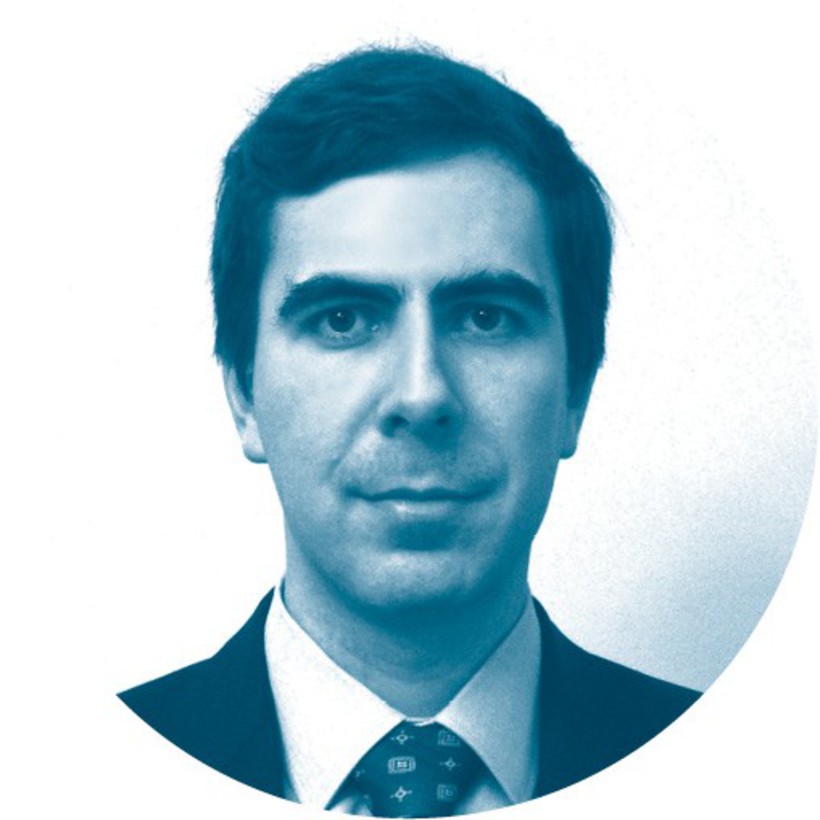 Pavel Pushkin
Pavel Pushkin
CEO of KosmoKurs
Russia
Pavel Pushkin, 31, has very good reasons to complain about Sir Richard Branson. When the British billionaire’s saw his SpaceShipTwo flight under the Virgin Galactic brand ended in disaster last year, that jeopardized the market that Pushkin has firmly in his sights. KosmoKurs, the company he founded a year ago, is developing a reusable space shuttle that will send space tourists on a sub-orbital flight.
Not very long ago, Pushkin could not have even imagined that his career would take this turn. While studying at the Faculty of Aerospace Studies at MAI, he joined the Khrunichev Space Corporation, working until recently on the latest Russian Angara launch vehicle. “At the beginning of last year, I was approached by some friends from the space travel cluster of the Skolkovo Fund. They said that there was an investor – a major Russian industrialist and entrepreneur – willing to invest in private space travel. We met, we talked, and then we began the work,” said Pushkin in his interview with BRICS Business Magazine.
The initial plans to build ultra-light rockets to launch small satellites had to be abandoned; market analysis had shown that the new company could only find real commercial prospects in the niche market of sub-orbital space tourism. Pushkin does not see this task as overly ambitious. “On the contrary, these are lowered ambitions. Our team consists of 15 people and all of them are experts with extensive experience in the Soviet space industry. So for our office, it’s no great difficulty to build such a shuttle,” he added.
The shuttle, which KosmoKurs has started building (the end of summer marked the completion of the research stage, which is now used to set the technical specifications for the preliminary design), will be based on well-established Soviet space technology that has been in use since the 1960s. The company is planning to buy everything it needs – fuel, engines, materials, management and rescue systems, etc. – from companies already working for ‘big space’. “We do not need any innovation here – we are completely satisfied with everything. The only radical innovation is that our shuttle will be completely reusable,” said Pushkin.
This approach ensures that the KosmoKurs shuttle has a new look that combines safety, reliability, and cost-effectiveness. This, according to Pushkin, is the big advantage of his company over its competitors, including Branson’s Virgin Galactic or Jeff Bezos’ Blue Origin. “For some odd reason, they are ignoring the collective experience of the global space industry and actively employing innovation in their projects without having the necessary experience and technologies,” added Pushkin. “Our shuttle is different precisely because we adopt good solutions and stay away from the bad ones. We use time-tested, proven solutions that are certain to yield results.”
As early as 2018, the company expects to begin testing the finished shuttle; the first mission is expected to take place in 2020. According to the head of KosmoKurs, his company will be able to send 500-700 tourists to space every year. “There is evidence to suggest that people will take the [sub-orbital] flights, if they are shown to be possible and safe. If Virgin Galactic does not ruin the market for all of us with their accidents, I hope everything will be fine.”
 Eduardo Bonini
Eduardo Bonini
President and CEO of Visiona Tecnologia Espacial Brazil
If backing home-grown national leaders in hi-tech fields has yielded excellent results for Brazil so far, why not repeat this experience in a new hi-tech industry? This logic, of course, was behind the idea for Visiona Tecnologia Espacial – a joint venture created in 2013 by Embraer and Telecomunicações Brasileiras (Telebras), both of which were also, at one time, nurtured and developed by the Brazilian government into leaders of the national and international aviation and telecommunications industries.
It is no surprise that despite officially being a project of two private companies, Visiona enjoys the widest possible technical, organizational, administrative, and financial support from the government and President Dilma Rousseff herself. First and foremost on the São Paulo-based company’s agenda is the Geostationary Defense and Strategic Communications Satellite (SGDC) program ordered by the defense department and the government of Brazil. Work on that vehicle is carried out together with Thales Alenia Space, a French-Italian company in Cannes that also arranges training for specialists from the Brazilian office.
Today, Visiona employs 50 people, with most of the technical staff coming from the Brazilian National Institute for Space Research (INPE), while the management is made up mainly of former employees of Embraer. They include Visiona’s President and CEO Eduardo Bonini.
His career at the national aircraft corporation began exactly 30 years ago as manager of planning, a position that he landed immediately after graduating from the Institute of Industrial Engineering (EEI). It was also where he had worked until January of last year (not counting a single three-year hiatus), before he left the position of vice president and CEO of Embraer Defense & Security and became the head of Visiona.
Although Visiona’s main tactical objective at this stage is the successful promotion of the SGDC project, its strategic plans extend much further. According to Bonini, the company has developed competences and an industrial base that will allow Brazil to build and test a wide range of space equipment, including geostationary satellites, both for the government and for the commercial market. “The goal is to reinforce the supply chain in Brazil. If we can make that supply chain stronger, everyone benefits. Of course in the future we want to have an industrial arm, and we want to implement new technologies,” said Bonini in an interview with the Beyond Earth’s Atmosphere blog this May.
To this end, the company intends to not only go into new market segments (in particular, to delve into building small satellites by drawing on the experience of creating the SGDC), but also to actively expand cooperation with foreign partners. What role does Bonini see for Visiona in the future? It should not only remain independent, but also become a leading player of the Brazilian economy. “We plan to perform a similar role in the space sector to that played by Embraer in the aeronautical sector,” he said.
 Sias Mostert
Sias Mostert
Managing Director of Space Commercial Services Aerospace Group
South Africa
Sias Mostert’s public resume lists “using space technology as a catalyst for development” under ‘Expertise’. This line says a lot about the 51-year-old CEO of Space Commercial Services Aerospace Group (SCS AG), one of the South African space industry’s most respected pioneers and leaders. It also says a lot about the company he heads, whose mission statement is just as eloquent: “the innovative use of space technology for the benefit of communities, enterprises, development agencies and government services.”
SCS AG, based in Cape Town and founded by a group of space industry professionals including Mostert himself, specializes in building small satellites and their components to monitor the Earth’s surface, as well as developing commercial analytic solutions based on the data those satellites collect. At the same time, fully in line with its mission, the company is actively developing social services and projects aimed at improving access to the latest digital services and solutions for people in remote regions of the country in order to improve their quality of life. “Monitoring from space has many practical uses such as sensing the health of agriculture crops for food security, forest canopies to prevent diseases, soils and vegetation for restoration after mining operations, aquatic ecosystems for future water resource, mapping of natural vegetation, shoreline changes, the effect of climate change, and monitoring for the onset of natural disasters,” said Mostert in an interview with Africa2Moon.
The space monitoring system established by SCS AG is based on two technological innovations. These include an optical hyperspectral sensor, which makes it possible to obtain detailed information on the state of the Earth’s surface, and a sensor system using the Synthetic Aperture Radar (SAR), which provides a constantly updated stream of data regardless of weather conditions or cloud cover, day or night. “Ultimately it can be used for detecting changes in the surface of the earth of only a few millimeters over time,” said Mostert.
Moreover, the head of SCS AG is convinced that the space technologies, as well as the satellites themselves, should become a key element in the future economic development of the African continent and the social well-being of its inhabitants, and he is working tirelessly to this end.
 Susmita Mohanty
Susmita Mohanty
CEO and co-founder of Earth2Orbit (E2O)
India
The pioneer spirit runs deep in Susmita Mohanty, CEO of Earth2Orbit (E2O), India’s first private space startup. Born in Cuttack on the east coast of India, she was raised in Ahmedabad, which is the home of the founder of India’s space program, Dr. Vikram Sarabhai. Mohanty grew up among pioneers of the Indian space program, her father among them. Small wonder that in the late 1990s, in her 20s, she took on a business development job at the International Space Station program at Boeing in Huntington Beach, California, and worked briefly on Shuttle-Mir missions at NASA’s Johnson Space Center in Houston.
But in 2001, it was time to set up her own business. Mohanty, who now holds multiple degrees in engineering, design, and space science from universities in India, France, and Sweden, set up MoonFront, a boutique space consulting firm in San Francisco, before co-founding Liquifer Systems Group (LSG), a space architecture company, in 2004 in Vienna.
In 2008, she decided to return to India and the idea for E2O soon headed into orbit. “The initial idea of E2O was to leverage my friendships and connections in the world space community to help commercialize India’s space capabilities,” she told BRICS Business Magazine.
Upon returning home, she took a close look at the Indian Space Research Organisation’s offerings and decided that its PSLV, a highly reliable and mature launch vehicle in its class, had the potential to become a leading international launch option for Sun-synchronous and low-Earth orbit launches. Japan and the US were selected as the main target launch markets.
Why? At this time, American satellite makers, unlike European firms, did not have access to PSLV launches. This was mainly because of the impasse over the Commercial Launch Services Agreement (CLSA) that the US wanted India to sign. That impasse was further complicated by a 1998 embargo that prevented US companies from selling satellite components and other space-related technology to the Indian space program. So in 2009, E2O took it upon itself to embark on a diplomatic mission to persuade both sides to drop past prejudices and, after five years of unrelenting work by all parties, succeeded in executing the first ever Launch Services Agreement (LSA) between India and a US commercial client. “In my view, the signing of this landmark agreement is the equivalent of bringing down the Berlin Wall, albeit in the context of outer space between India and the United States,” said Mohanty.
Today, E2O looks far beyond the launch business. In parallel, it has started selling value-added earth observation products using imagery from India’s fleet of remote sensing satellites. It also provided inputs for the future Indian astronaut training facility. “Our next line of business, currently in the exploratory phase, will include satellite manufacturing, big data, and analytics. In other words, we hope to make forays in to both the software and hardware aspects of space utilization,” Mohanty summed up. “Personally, I’d like to see E2O having a diversified business portfolio in the coming decade, covering launch services, earth observation, satellite manufacturing, and advanced data analytics for earth applications.”
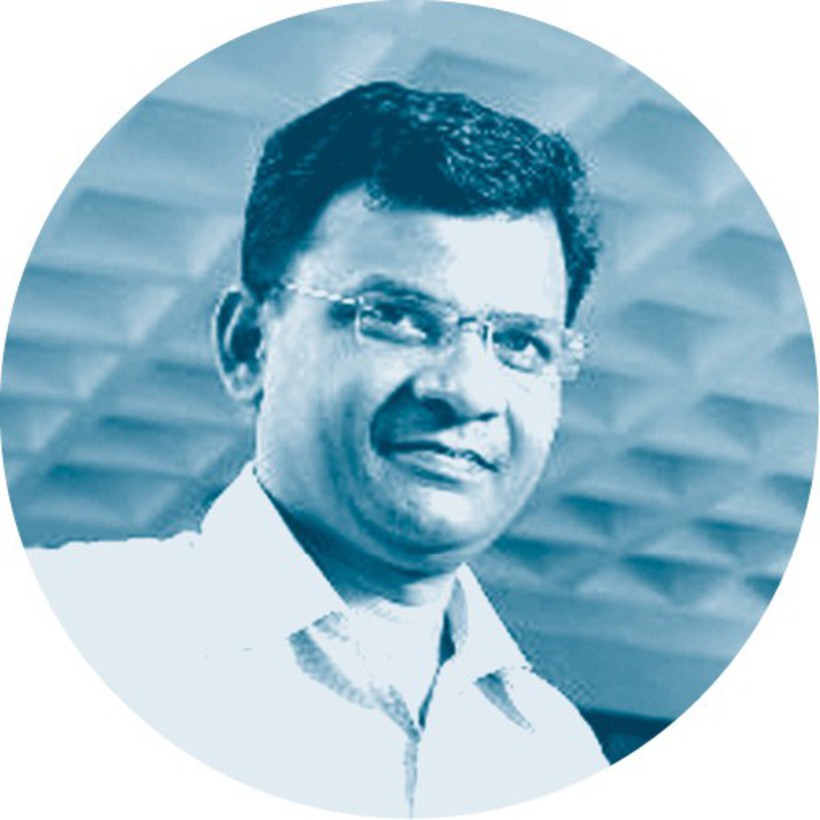 Rahul Narayan
Rahul Narayan
CEO and founder of Team Indus
INDIA
What do you get if you combine young engineers, experienced professionals, and the scientific minds of the national space industry into one team, then give them a technical problem of unprecedented complexity: to create an automated space station and have it land on the Moon? In the case of Raul Narayan, a 41-year-old venture IT-entrepreneur from New Delhi, the result should be a qualitative leap in the development of India’s space exploration program, his personal success as a businessman and organizer, and possibly even a $20 million prize. A grant for that amount was promised to whichever of 18 groups of developers completes the first successful lunar mission as part of the international Google Lunar X Prize competition. Team Indus, assembled by Narayan, is among the participants.
This graduate of the Indian Institute of Technology Delhi (IIT-Delhi) started his career as a venture entrepreneur in the late 1990s, when, during the dot-com boom, he founded several businesses in the area of software development and services. All his companies were self-sufficient, but they never brought their creator any large profits when he was ready to leave the project. But Team Indus and the lunar mission are unlike any of Narayan’s numerous companies. “I have always dreamed of doing something that would change the world for the betterment of mankind. This [moon mission] just seemed right to me when I heard about it four years ago. It immediately felt like this was what I was meant to do in my life,” said Narayan in February this year in an interview with The Times of India.
To realize his dream, Narayan had to invest his life savings. Even so, fundraising was not the biggest obstacle on the way to the goal. Of the $35 million estimated value of Team Indus’ lunar project, about half was raised through the sale of sponsorships and shares. Narayan’s team received another $1 million late last year as a bonus for carrying out successful tests of their landing module. According to the entrepreneur, it was much harder to persuade people and partners to get involved: “Convincing people to work with us was a huge challenge. Motivating them during the times when the chips were down was ultra-difficult. There were times when we thought we were really losing out to the competition, running out of money. And then there were technology challenges.”
Despite all that, most of the ‘road to the moon’ has now been traveled and Narayan no longer seems to have any doubts about his team’s success. “We will definitely land on the moon. It would be the icing on the cake to be the first one to do it. We are not the kind of people who are happy to settle for second place.” There is almost no time left to make Narayan’s words come true: the time allotted by Google for the race to the moon expires on 31 December 2016.
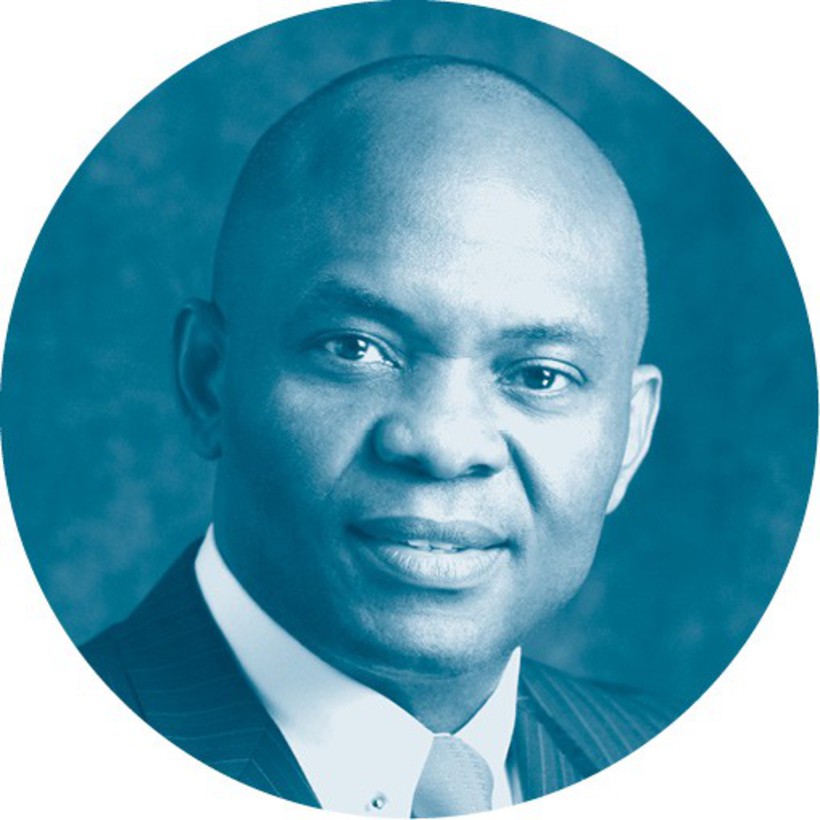 Tony Onyemaechi Elumelu
Tony Onyemaechi Elumelu
Founder and Chairman of Heirs Holdings Nigeria
One of the richest and most influential businessmen in Africa, Tony Onyemaechi Elumelu, 52, is a passionate visionary who consistently promotes the principles of ‘africapitalism’– a concept that he himself invented, built around the idea of achieving sustainable economic development of the continent based on private enterprise and long-term investments in strategic sectors.
A native of Jos, Nigeria, who studied economics at the Ambrose Alli University and the University of Lagos, Elumelu made a name for himself and earned his first fortune in the early 2000s. At the time, he managed to turn a pre-bankruptcy Standard Trust Bank into one of the five largest credit institutions in Nigeria. Its merger with United Bank for Africa in 2005, which became the largest M&A transaction in the banking sector of Sub-Saharan Africa, has given rise to an international financial group currently operating in 19 African countries with offices in New York, London, and Paris.
Heirs Holdings, the company Elumelu founded in 2010, focuses on strategic sectors of the economy of the continent with numerous investments scattered right across Africa. These include energy, finance, tourism, agriculture, energy, mining, and health care.
But, as it turns out, the purposes and principles of ‘africapitalism’ may not be exclusive to Africa. Early last year, Heirs Holdings announced the acquisition (for an undisclosed sum) of shares in a promising US startup called Planet Labs. The company from San Francisco, founded in 2010 by a group of former NASA engineers, is developing an innovative Earth-imaging technology based on a network of ultra-small satellites known as Doves. Operating in low orbits, they obtain very high quality data at a fraction of the cost of traditional satellites. “As the only African investor in Planet Labs’ project, we are incredibly proud to have supported such an innovative and dynamic company, which has already achieved significant success. As part of our business philosophy of Africapitalism, we are committed to supporting entrepreneurs and start-ups to enable them to bring scale to their projects and we look forward to following Planet Labs’ achievements over the coming years.”
Today, the company already has something to show to its investors. Starting in 2013, Planet Labs has sent dozens of satellites into orbit with a plan of having a total of 131 satellites by 2015. It has raised over $180 million in venture capital. The company intends to make the Earth-imaging data it obtains public. This is one more contribution of Heirs Holdings and Tony Elumelu to Africa’s long-term development – this time, from space.
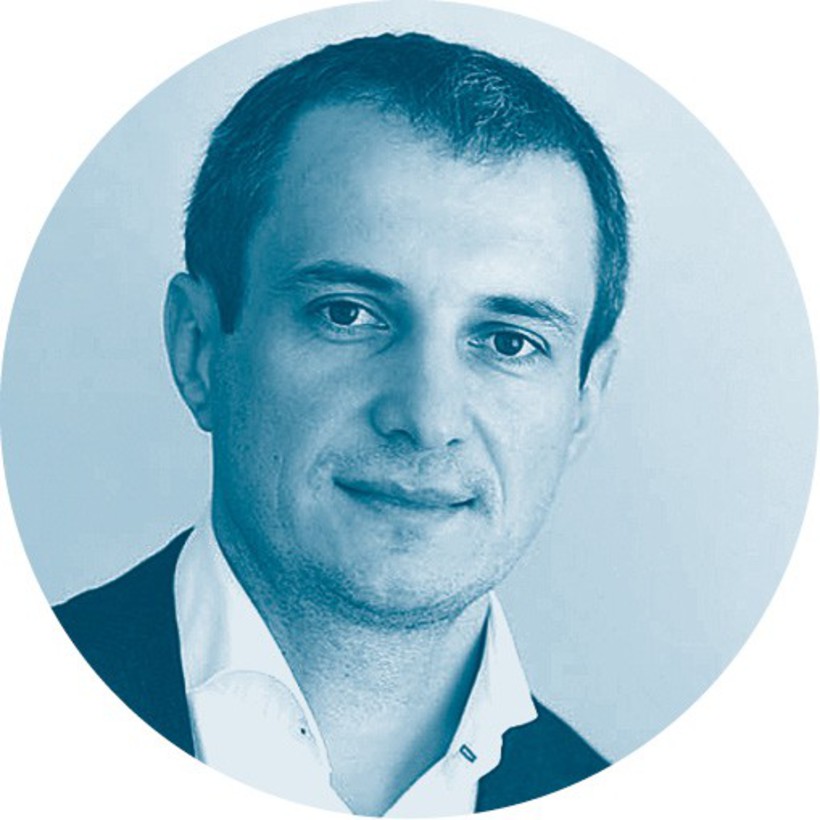 Sergey Ivanov
Sergey Ivanov
CEO of Dauria Aerospace
RUSSIA
Is there anything common to making sausages and building a spacecraft? Sergey Ivanov, former CEO of Dymov, a manufacturer of processed meat products and now head of one of the first private Russian space startups, Dauria Aerospace, says there is. “The space market is similar in the sense that we must first make a product, verify its quality, and only then wait for customers,” he explained in an interview with BRICS Business Magazine.
Together with his classmates from the Novosibirsk Physics and Math School – former co-owner of Technosila electronic goods chain Mikhail Kokorich and banker Dmitry Khan – Ivanov took up his long-held dream. It has always been space, which he sees not only as a continuation of his old student passion, but also as a very promising business.
Founded in 2012, Dauria Aerospace specializes in the manufacturing of small remote sensing satellites, as well as developing a universal platform for a variety of satellite payloads. In June 2014, the company put its first two microsatellites into orbit. They are based on its own Perseus platform and are intended to receive data from the Automatic Identification System – a global system for tracking the movement of sea and river vessels. Less than a month later, it launched its third satellite, DX1, in order to test its DX satellite platform. “Now the company is developing space platforms weighing up to a ton,” added Ivanov.
The original strategy of Dauria Aerospace called for the creation of several multi-purpose satellite constellations and the development of information applications based on the data obtained. Their sale to a large number of Russian and international clients was to be the main source of income. However, changes in the economic environment forced the company to adjust its strategy, concentrating on the production and development of space technology and space related equipment in Russia.
To pursue these new objectives, Dauria has been able to raise about $5 million from Russian sources, such as the Skolkovo Fund and the VEB Innovatsii investment fund. Roskosmos became an anchor customer after placing an order to design two MKA-N series microsatellites for the remote sensing and monitoring of Earth. Last year, the company also signed a contract with the Indian telecommunications company Aniara to build two geostationary satellites. Additionally, Dauria Aerospace is busy developing technologies that can be applied in interplanetary and astrophysical research projects.
Although most vehicles and technologies developed by Dauria have been biding their time on Earth until now, the company has already played a unique role in Ivanov and the other founders’ lives, turning them from ‘ordinary businessmen from Novosibirsk’ into international entrepreneurs ‘on a cosmic scale’.











